I'm working on a panel method code at the moment. To keep us from being bogged down in the minutia, I won't show the code - this is a question about overall program structure.
Currently, I solve my system by:
- Generating the corresponding rows of the A matrix and b vector in an explicit component for each boundary condition
- Assembling the partial outputs into the full A, b.
- Solving the linear system, Ax=b, using a LinearSystemComp.
I would prefer to be able to do this by just writing one implicit component to represent each boundary condition, vectorising the inputs/outputs to represent multiple rows/cols in the matrix, then allowing openMDAO to solve for the x while driving the residual for each boundary condition to 0.
I've run into trouble trying to make this work, as each implicit component is underdetermined (more rows in the output vector x than the component output residuals; that is, A1.x - b1= R1, length(R1) < length(x). Essentially, I would like openMDAO to take each of these underdetermined implicit systems, and find the value of x that solves the determined full system - without needing to do all of the assembling stuff myself.
To try and make my goal clearer, I'll explain what I actually want from the perspective of my panel method. I'd like a component, let's say Influence, that computes the potential induced by a given panel at a given point in the panel's reference frame. I'd like to vectorise the input panels and points such that it can compute the influence coefficent of many panels on one point, of many points on one panel, or of many points on many panels.
I'd then like a system of implicit boundary conditions to find the correct value of mu to solve the system. These boundary conditions, again, should be able to be vectorised to compute the violation of the boundary condition at many points under the influence of many panels.
I get confused again at this part. Not every boundary condition will use the influence coefficient values - some, like the Kutta condition, are just enforced on the mu vector, e.g  .
How would I implement this as an implicit component? It has no inputs, and doesn't output the full mu vector.
.
How would I implement this as an implicit component? It has no inputs, and doesn't output the full mu vector.
I appreciate that the question is rather long and rambling, but I'm pretty confused. To summarise:
- How can I use openMDAO to solve multiple individually underdetermined (but combined, fully determined) implicit systems?
- How can I use openMDAO to write an implicit component that takes no inputs and only uses a portion of the overall solution vector?



